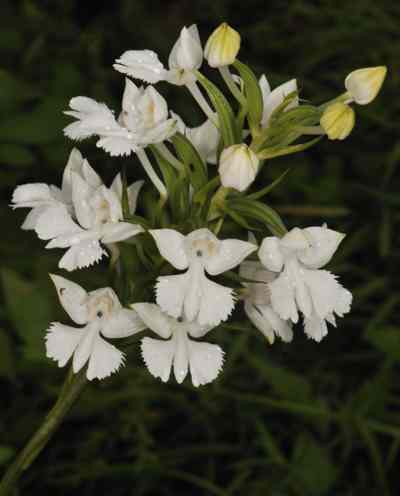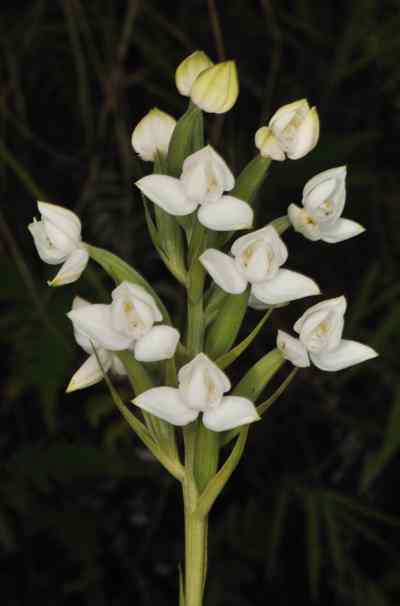Epiphyte. Psuedo-bulbs cylindric with thickened base, 3 to 5cm long, attached 2 to 3 cm apart. Rhizome long and densely rooting. Leave single, narrowly oblong, obtuse, the base narrowed, 7 to 12 cm long and 2 to 4 cm in breadth. Scape short and bracteate, producing a single flower from either the sides of the base of the pseudo-bulbs or from the rhizome between the pseudo-bulbs. Flowers pale yellow to green base with purple nerves, lip with purple margins. Sepals sub-equal, lanceolate, sub-acute, five nerved, lateral pair falcate. Petals lanceolate, shorter than the sepals, three nerved. Lip shorter than the petals, lanceolate, thickened and concave at the base.

The Pursuit
Relatively a common species of the tropical region. Plant can easily be spotted on most of the trees, fully covering the trunk, from the bottom to top. On the onset of summer rains, this species starts blooming. I had always noticed that, choosing a flower to photograph from many is a very difficult task. When in plenty, the best will always elude. Tried several flowers only to find that lip broken, sepals marked with dust, petals twisted…….!!!!! Finally got this particular shot from a flower suggested by my friend who accompanied me to the location. Documented nicely, with several lighting options to get the perfect shot I dreamt for.








